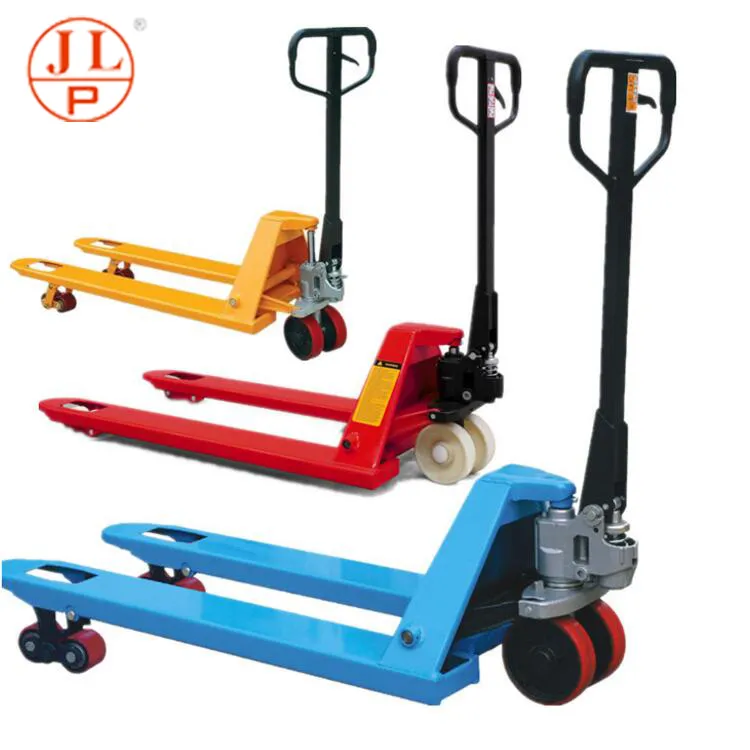


Types of Fall Protection Ensuring Safety in the Workplace
Fall protection is a crucial aspect of workplace safety, particularly in industries such as construction, manufacturing, and maintenance. As workers often find themselves at heights, the risk of falls becomes significant, making it imperative to implement effective fall protection measures. Understanding the various types of fall protection available can help employers and employees choose the appropriate safety systems to mitigate risks and ensure a safer working environment.
1. Guardrails
One of the most common types of fall protection is guardrail systems. These are typically constructed around the perimeter of elevated surfaces, such as roofs or platforms, to create a physical barrier. Guardrails are designed to prevent workers from accidentally stumbling off edges. They consist of a top rail, midrail, and posts to ensure stability and durability. The height and strength of guardrails must adhere to specific regulations to be effective, and regular inspections are critical to maintain their integrity.
2. Safety Nets
Safety nets are another effective form of fall protection, primarily used when other systems cannot provide adequate safety. These nets are installed beneath elevated work areas to catch falling objects or workers. They provide a cushioning effect and are often utilized in construction sites, where the risk of falling debris is high. Safety nets must be appropriately installed and maintained to be effective, according to safety regulations. Workers should also be trained on how to use safety nets properly during fall protection orientations.
3. Personal Fall Arrest Systems (PFAS)
Personal fall arrest systems are highly versatile and commonly used for individual fall protection. A PFAS consists of a full-body harness, lanyard, and anchorage point, which collectively work to stop a fall in progress. The full-body harness distributes the forces exerted during a fall across the worker's body, minimizing the risk of injury. These systems are ideal for tasks that require mobility at heights, providing workers with the freedom to move while ensuring their safety. Proper training and regular inspections of equipment are vital to ensure that PFAS are effective and used correctly.

4. Positioning Systems
Positioning systems are designed to allow workers to be secure while working at heights, often freeing their hands for tasks. These systems include a body harness that connects to a lanyard anchored to a secure point, enabling workers to lean back and work efficiently. They are particularly useful in scenarios where workers need to be in a specific position for extended periods, such as window washing or maintenance tasks. While these systems improve productivity, they should never be the sole means of fall protection and should be used in conjunction with other systems.
5. Warning Line Systems
Warning line systems are used to alert workers about edges where falls may occur. These systems are typically installed around the edges of roofs or working areas and consist of flags, ropes, or chains to signify the danger zone. While warning lines do not physically prevent falls, they serve as a visual cue that encourages workers to stay away from dangerous edges. This type of fall protection is often combined with personal protective equipment (PPE) to enhance safety measures.
6. Training and Education
No fall protection system can be effective without proper training and education. Employers are responsible for ensuring that all workers understand the risks associated with working at heights and are trained on the proper use of fall protection systems. Ongoing education about the latest safety regulations, best practices, and emergency response procedures is essential for maintaining a safe workplace. Regular safety drills and reviews of fall protection protocols should be instituted to reinforce a culture of safety.
Conclusion
In conclusion, the importance of fall protection in the workplace cannot be overstated. With various types of fall protection systems available, employers must choose the appropriate methods that suit their specific work environments and tasks. By implementing a combination of guardrails, safety nets, personal fall arrest systems, positioning systems, and warning lines, along with a commitment to training and education, workplaces can significantly reduce the risks associated with falls. Prioritizing safety not only protects workers from injuries but also fosters a more productive and efficient working environment.



